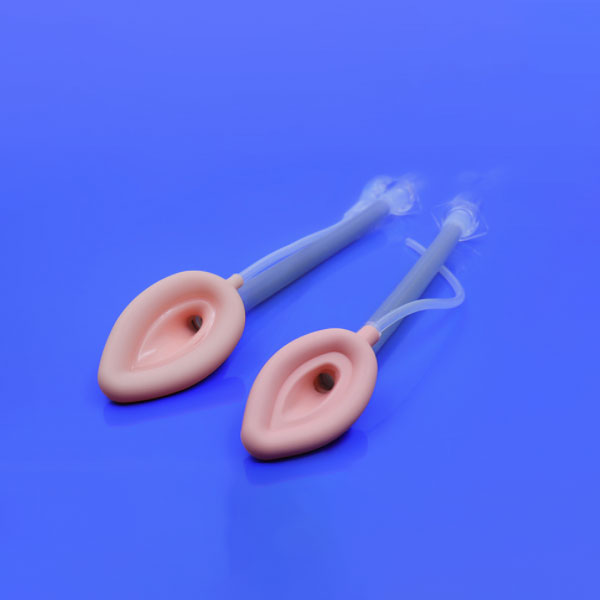What are the disadvantages of laryngeal mask airway?
2024-01-05
It's important to note that the appropriateness of an Laryngeal Mask depends on the specific clinical situation, patient characteristics, and the skills of the healthcare provider.
Risk of Aspiration: Laryngeal Masks do not provide a complete seal around the trachea, and there is a risk of regurgitated stomach contents entering the lungs (aspiration). This risk is higher compared to endotracheal intubation, which provides a more secure airway seal.
Limited Protection Against Gastric Insufflation: If positive pressure ventilation is applied at high pressures, there is a risk of insufflating the stomach with air, which can lead to gastric distention and an increased risk of aspiration.
Not Suitable for All Patients: LMAs may not be suitable for patients with certain anatomical features, such as those with upper airway abnormalities or a history of difficult intubation. In such cases, alternative airway management techniques may be preferred.
Risk of Displacement: Laryngeal Masks can be displaced, particularly in situations where the head and neck are manipulated or during certain surgical procedures. This can compromise the airway and may require repositioning or alternative airway management.
Limited Use in Certain Surgical Procedures: While LMAs are suitable for many surgical procedures, they may not be the preferred choice for surgeries involving head and neck manipulation or where a more secure airway is required.
Inability to Protect Against Aspiration of Particulate Matter: Unlike endotracheal tubes, LMAs may not provide effective protection against the aspiration of particulate matter, such as blood or debris, during certain procedures.
Inability to Facilitate Tracheal Suctioning: Unlike endotracheal tubes, LMAs do not provide direct access to the trachea for suctioning. This may limit the ability to clear secretions or other materials from the lower airways.
Potential for Nerve Injury: Improper insertion or positioning of the LMA may lead to pressure on surrounding structures, potentially causing nerve injury, especially in prolonged cases.
Risk of Infection: As with any medical device, there is a risk of infection associated with the use of LMAs. Strict adherence to infection control protocols is crucial to minimize this risk.
It's important for healthcare providers to carefully assess each patient and clinical situation to determine the most appropriate airway management strategy. While LMAs offer advantages in certain scenarios, healthcare professionals should be aware of the potential disadvantages and take steps to mitigate associated risks. In some cases, endotracheal intubation may be a more suitable option for airway management.






